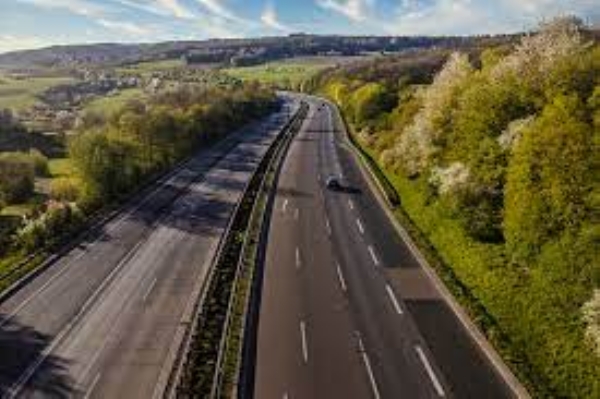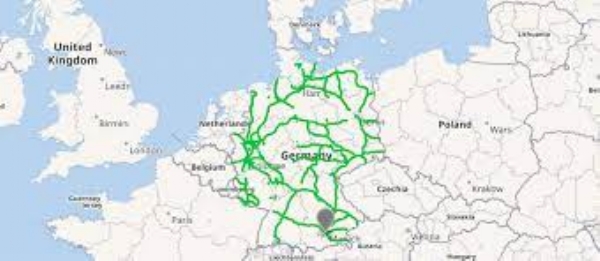Autobahn: How good roads transform a country
30 May 2022 14:28:19
To understand the importance of road infrastructure in a country, one must look at Germany. To be even more specific, Germany’s autobahn network.

The Autobahn is the federal controlled-access highway system in Germany. The official German term is Bundesautobahn (abbreviated BAB), which translates as 'federal motorway'. The literal meaning of the word Bundesautobahn is 'Federal Auto(mobile) Track'.

German Autobahnen are widely known for having no federally mandated speed limit for some classes of vehicles.[1] However, limits are posted and enforced in areas that are urbanized, substandard, accident-prone, or under construction. An advisory speed limit (Richtgeschwindigkeit) of 130 kilometers per hour (81 mph) applies on speed-unrestricted stretches. While driving faster is not illegal as such in the absence of a speed limit, it can cause an increased liability in the case of a collision (which mandatory auto insurance has to cover); courts have ruled that an "ideal driver" who is exempt from absolute liability for "inevitable" tort under the law would not exceed Richtgeschwindigkeit. A 2017 report by the Federal Road Research Institute reported that in 2015 70.4% of the autobahn network had only the advisory speed limit, 6.2% had temporary speed limits due to weather or traffic conditions, and 23.4% had permanent speed limits.[2]
Measurements from the German state of Brandenburg in 2006 showed average speeds of 142 km/h (88 mph) on a 6-lane section of autobahn in free-flowing conditions. Similar to high-speed motorways in other countries, autobahns have multiple lanes of traffic in each direction, separated by a central barrier with grade-separated junctions and access restricted to motor vehicles with a top speed greater than 60 km/h (37 mph). Nearly all exits are to the right; rare left-hand exits result from incomplete interchanges where the "straight-on" leads into the exit.
The earliest motorways were flanked by shoulders about 60 centimeters (24 in) in width, constructed of varying materials; right-hand shoulders on many autobahns were later retrofitted to 120 centimeters (47 in) in width when it was realized cars needed the additional space to pull off the autobahn safely. A thicker asphaltic concrete cross-section with full paved hard shoulders came into general use in the postwar years. The top design speed was approximately 160 km/h (99 mph) in a flat country but lower design speeds were used in hilly or mountainous terrain. A flat-country autobahn that was constructed to meet standards during the Nazi period, could support a speed of up to 150 km/h (93 mph) on curves.
Also Read: 24x7 Live Blogging of Road to World Record
Such phenomenal infrastructure has connected all parts of Germany at an unimaginable speed. This infrastructure has made it easier for all Germans to travel to any part of their country for work. After the fall of the Berlin wall and the reunification of Germany, the economic divide between East and West Germany was huge. All the wealth of Germany was in the Free and capitalist West and almost all of the poverty of Germany was in the Communist East. Although the gap between these two regions still exists, the gap has definitely been reduced. One of the main reasons that the gap has diminished in comparison to 1991, is because of the Autobahn network, which has allowed the people from the East to travel to the west. It has allowed businesses in the east a huge market in the west. Autobahns have made the free flow of goods and services across Germany swift and easy.
This ease is one of the key reasons why Germany is the biggest economy in the EU and the 4th largest in the world. This global position of Germany is undoubtedly paved by the construction of the Autobahn across Germany.
